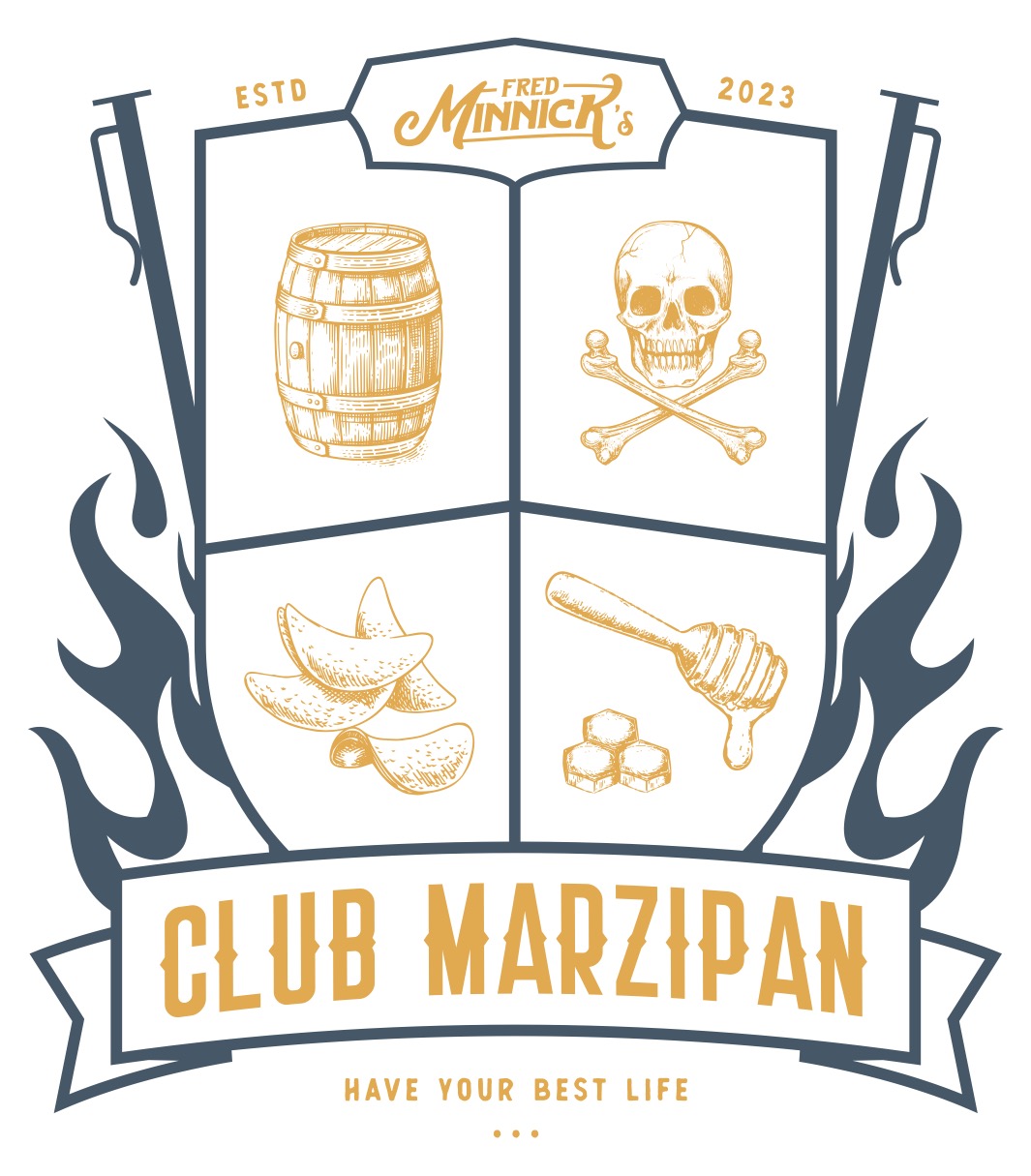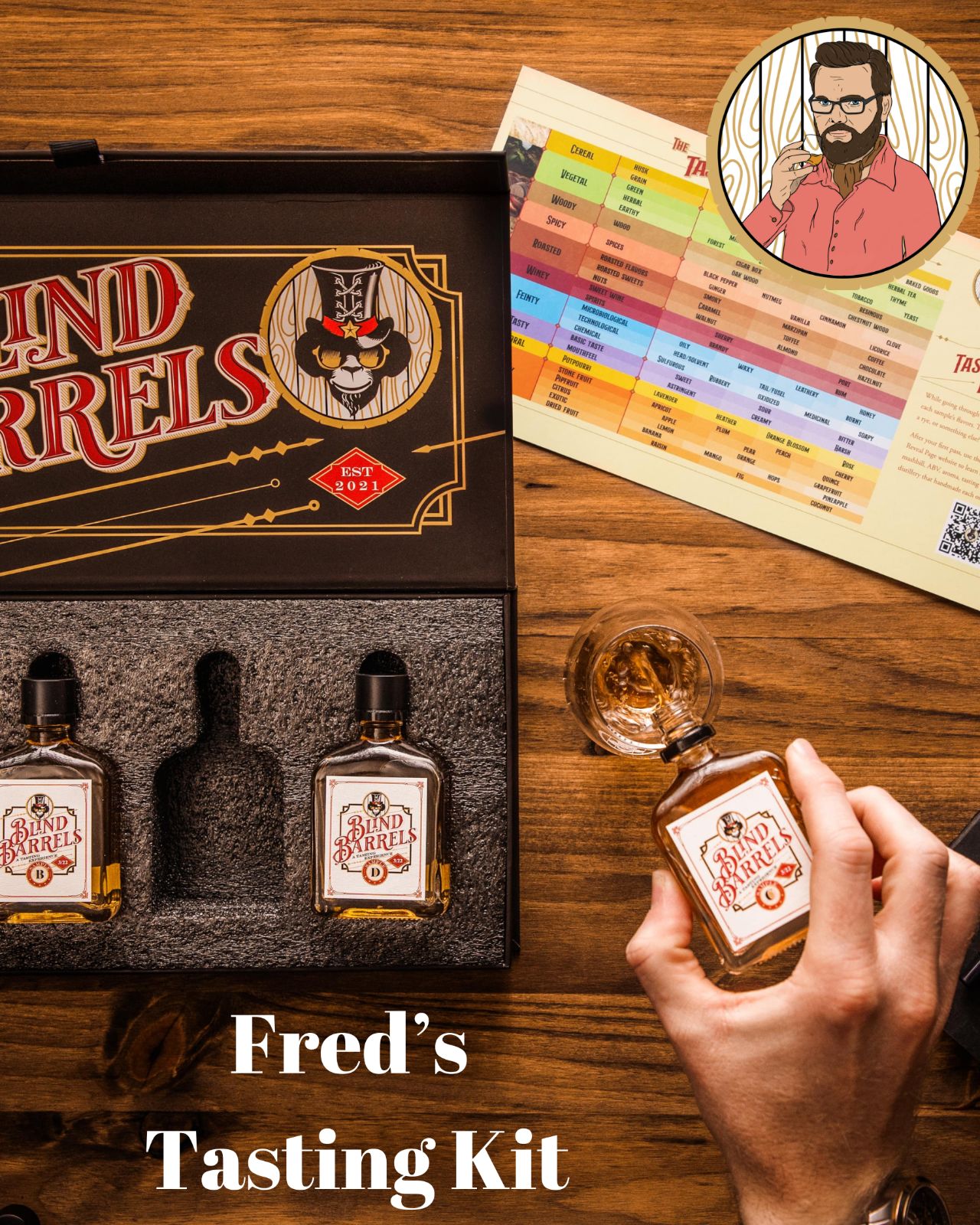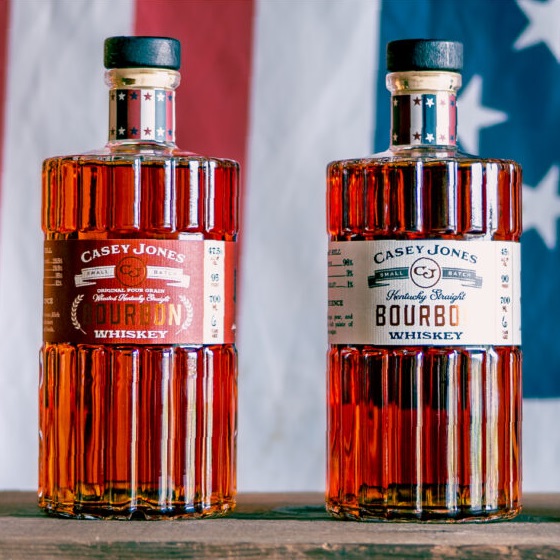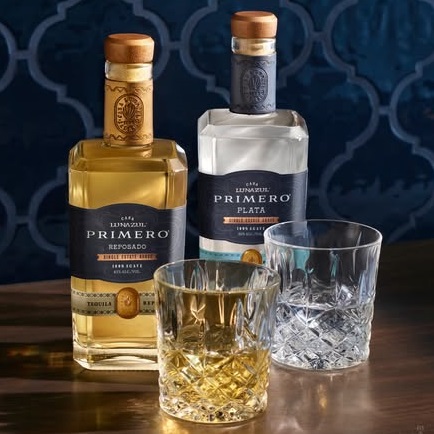Slavery in American Whiskey: ‘The biggest names in whiskey benefited from slave labor’
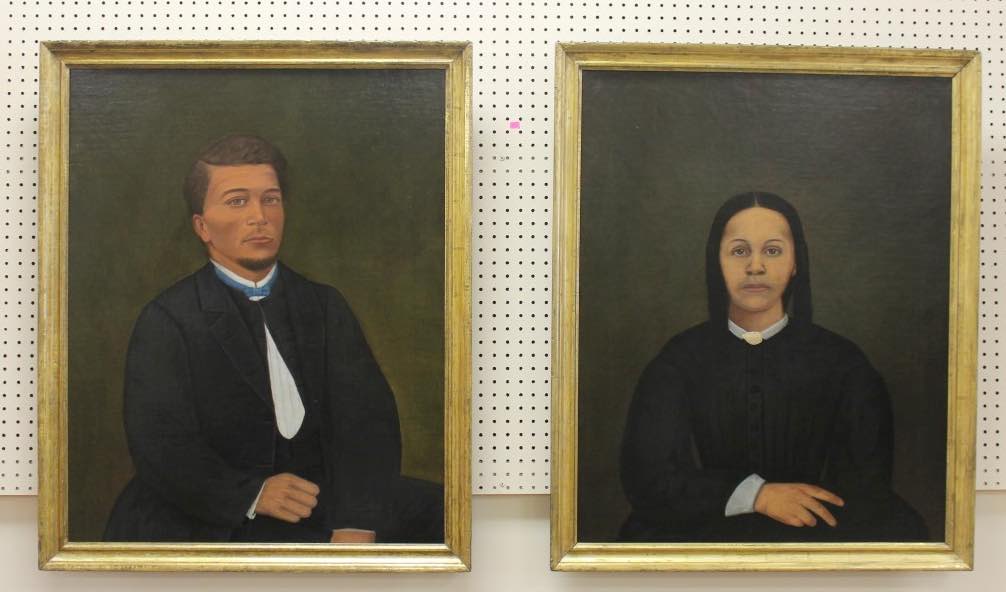

How important were slaves to American whiskey?
Last year, Louisville-based Brown-Forman told the New York Times that former slave Nearest Green actually taught the Jack Daniel how to distill. I was quoted in this story and would like to elaborate about the enslaved people’s contributions to American whiskey.
At slave auctions, sales representatives would notate distiller-trained slaves, many of whom previously worked on Caribbean sugarcane plantations and contributed to the distillation of sugar’s byproduct, molasses, to create rum. These skillsets earned premiums for their owners and made them attractive to buyers.
Prior to the end of slavery, the biggest names in whiskey benefited from slave labor.
Our first president and early distiller, George Washington, used six slaves at the Mount Vernon Distillery.
One of the most-widely referenced names in bourbon—Elijah Craig, who the industry dubbed the “Father of Bourbon”—owned 32 slaves, according to 1800 tax records. Craig’s name dons a bourbon brand today.
Kentucky’s John M. Sutherland, Moses Tyler, and William Calk were among Kentucky’s first and most-important distillers. They helped establish bourbon whiskey, opening sales channels, while creating jobs and opportunity for the Bluegrass State. They built Kentucky’s signature industry with the help of slaves.
Catherine Spears Carpenter Frye penned the earliest known sour mash recipe, the most-commonly used fermentation technique for American whiskey. The 1818 recipe can be viewed at the Kentucky Historical Society, where you’ll also find her family’s taxable property accounts that include “Little Bob,” valued at $350.
Where the Woodford Reserve Distillery is now in Versailles, Ky., the Pepper family owned 13 male and 12 female slaves in the 1800s. What impact did they have on one of the state’s most-important distilleries? [To Brown-Forman’s credit, they have never hid the Pepper family’s slave records and mentioned them in their National Historic Landmark application.]
Records suggest slaves rolled barrels and gathered grains, but it’s only assumed they did more than manual labor. African American men appear in early distillery photographs seated next to white men, perhaps a look into how they were treated. But the distillers kept lousy records, as it is, and it was not in the practice of 1800s-era businessmen to offer credit to women or minorities.
Even still, slave contributions beyond basic manual labor remain a mystery.
But more historical pieces are being unraveled.
This past week, a Spears family portrait surfaced at an auction. Distiller Jacob Spears is perhaps the first true bourbon distiller. The painting suggested Spears, a slave owner, had African American grandchildren.
According to the Lexington Herald, in the 1970s, Lockhart Spears acquired portraits of a black man and woman, whom he thought were the children of Noah Spears, Jacob’s fifth child.
Auctioneer Mark Mattox sold the pre-Civil War paintings for $20,000. We know very little about the man and woman, but the fact they’re Spears is a great step in American whiskey history.
As I told the New York Times, we may never know the full contribution of slaves in American whiskey. But with each passing year, I and other researchers find more about their contributions. Let’s hope these men and women get the credit they rightfully deserve.
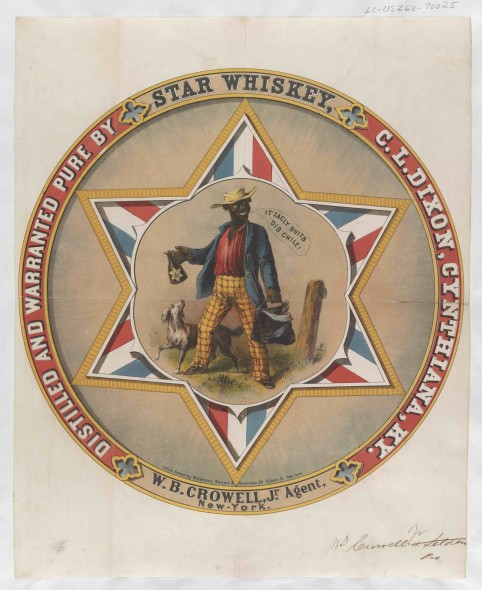
Fred Minnick is the author of three whiskey books, including Bourbon: Rise, Fall & Rebirth of An American Whiskey.




